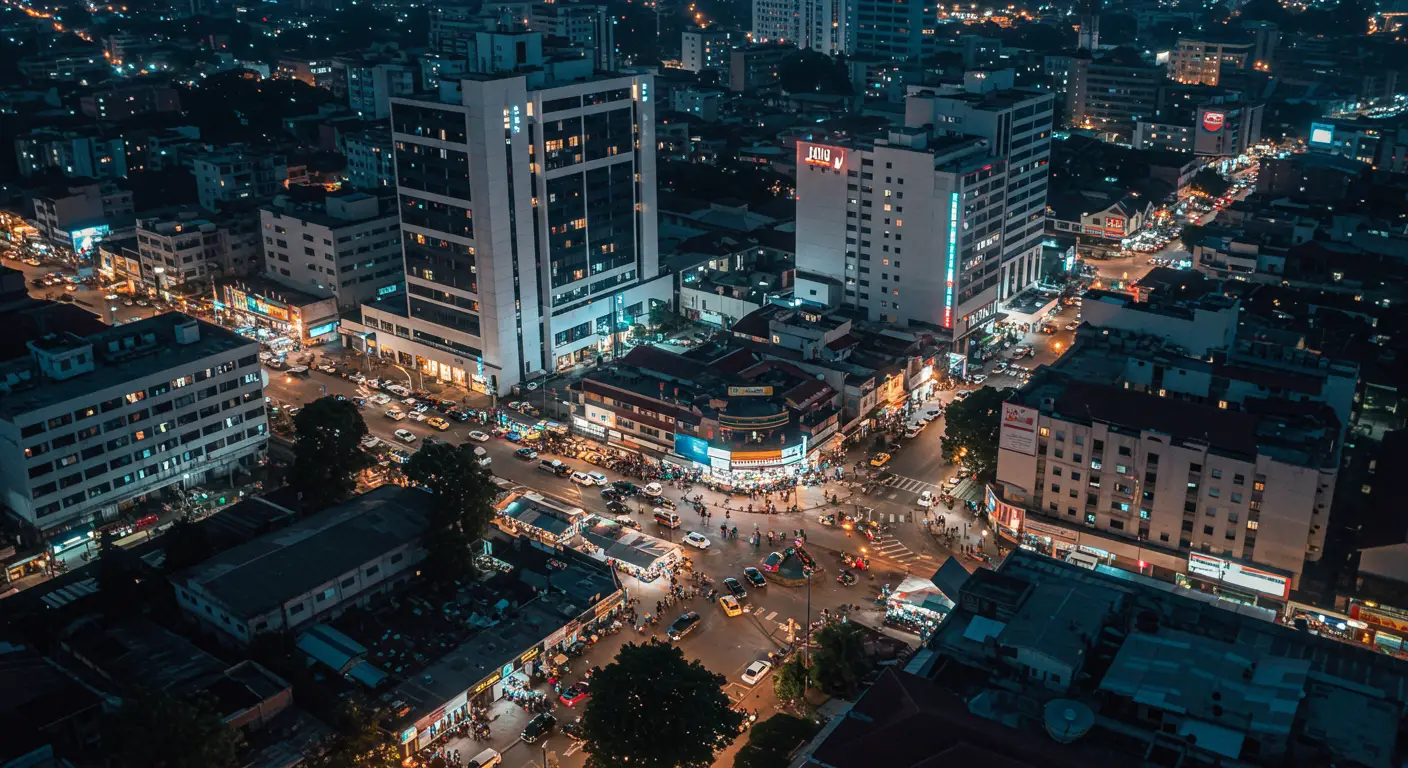This comprehensive article examines the current state of African infrastructure across transportation, energy, and digital sectors, while identifying five major market shifts occurring in 2025:
- A recalibration of Chinese investment strategies
- Accelerated focus on green infrastructure and climate resilience
- Enhanced regional integration through coordinated infrastructure development
- Evolving models for private sector participation
- Revolutionary approaches to urban infrastructure
The analysis also covers sector-specific developments in transportation, energy, water and sanitation, and digital infrastructure, concluding with a balanced assessment of persistent challenges and emerging opportunities in the African infrastructure landscape.
Current State of African Infrastructure
Africa’s infrastructure landscape is undergoing significant transformation in 2025, with several key developments reshaping the continent’s economic potential. These changes present both challenges and opportunities for investors, governments, and local communities.
1. Chinese Investment Recalibration
China’s approach to African infrastructure investment is evolving in 2025. After years of extensive lending through the Belt and Road Initiative, China is shifting toward more selective, commercially viable projects with stronger governance frameworks. This change is creating opportunities for alternative investors while necessitating more sustainable financing models from African governments.
2. Green Infrastructure Acceleration
Climate resilience and sustainability have moved from peripheral concerns to central design considerations. Multilateral development banks and private investors are increasingly prioritizing projects with strong environmental credentials, particularly in renewable energy, water management, and climate-adaptive transportation.
Carbon markets are beginning to play a more prominent role, with several cross-border projects securing significant funding through climate finance mechanisms.
3. Regional Integration Through Infrastructure
The African Continental Free Trade Area (AfCFTA) is driving unprecedented coordination in cross-border infrastructure development. New logistics corridors are being prioritized based on trade potential rather than national priorities alone.
Digital systems for trade facilitation are being deployed at border crossings, ports, and transportation hubs, reducing delays and informality in cross-border commerce.
4. Private Sector Participation Models
New public-private partnership frameworks are emerging across the continent, with countries like Ghana, Kenya, and Morocco introducing innovative risk-sharing mechanisms to attract institutional investment.
Infrastructure asset recycling – where governments monetize existing assets to fund new development – is gaining traction, particularly in more developed markets like South Africa and Egypt.
5. Urban Infrastructure Revolution
Africa’s rapid urbanization is driving new approaches to city infrastructure. Several countries are developing satellite cities and special economic zones with integrated infrastructure systems designed for efficiency and sustainability from the ground up.
Transit-oriented development is reshaping urban centers, with Bus Rapid Transit systems expanding in cities like Dar es Salaam, Abidjan, and Lagos.

